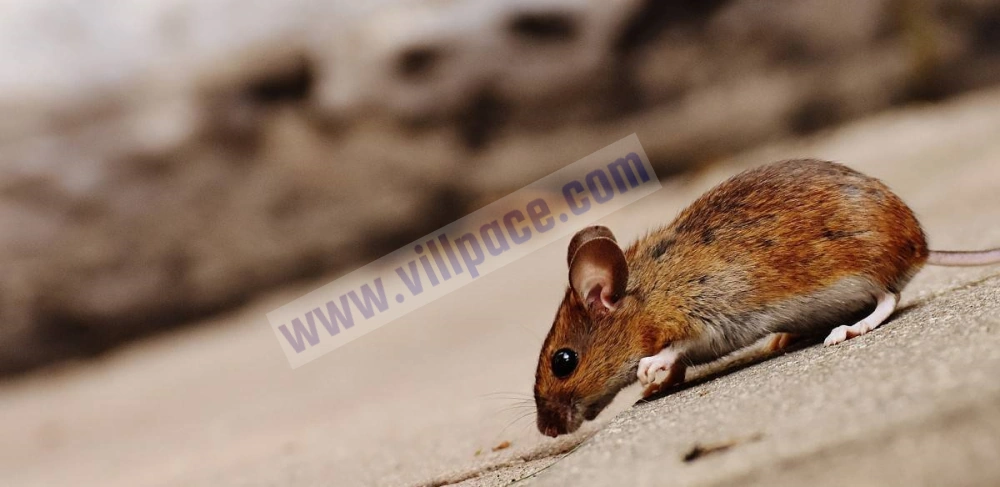Have you ever seen a mouse running in circles and wondered why? It’s a strange and fascinating behavior, often seen in mice, that can leave many people puzzled. In this article, we will explore the various reasons behind this curious phenomenon, providing insights and explanations based on scientific research and observations.
Key Takeaways
- Mice run in circles due to either brain or ear-related issues.
- Infections, injuries, and boredom are common causes.
- Observing this behavior can help identify potential health problems in mice.
- Understanding the reasons can lead to better care and treatment for pet mice.
Reasons Why Mice Run In Circles
There are several reasons why a mouse might run in circles. These can range from health issues to environmental factors. Below, we will delve into the most common causes.
Brain-Related Issues
One of the primary reasons mice run in circles is due to brain-related issues. This can include damage or disease affecting the brain.
- Bacterial Infections: Infections can lead to inflammation and damage in the brain, causing disorientation.
- Trauma: Injuries from falls or fights can cause brain damage, leading to circling behavior.
Ear-Related Issues
Problems with the ears are another major cause of circling in mice. The inner ear plays a crucial role in balance and spatial orientation.
- Inner Ear Defects: Some mice, known as “waltzing mice,” are born with defects in their inner ears that cause them to run in circles.
- Infections: Ear infections can disrupt a mouse’s sense of balance, leading to circling behavior.
Environmental Factors
Not all causes are medical. Sometimes, environmental factors can trigger this behavior.
- Boredom: Mice are active creatures. Without enough stimulation, they might run in circles out of boredom.
- Stress: A mouse might circle if it is stressed, possibly due to changes in its environment or the presence of predators like cats.
Observational and Sensory Factors
Mice rely heavily on their senses to navigate their environment. Any disruption can lead to circling behavior.
- Optical Issues: If the optical portion of the mouse’s vision is blocked, it might run in circles as it tries to orient itself.
- Orientation: Mice might circle as a way to detect where they are, using their senses to understand their surroundings.
Table of Common Causes
| Cause | Description |
|---|---|
| Bacterial Infections | Inflammation in the brain affecting balance and orientation. |
| Inner Ear Defects | Congenital issues causing balance problems. |
| Trauma | Injuries leading to brain damage and disorientation. |
| Ear Infections | Disrupts balance, causing circling behavior. |
| Boredom | Lack of stimulation leading to repetitive behaviors. |
| Stress | Environmental changes causing anxiety and circling. |
| Optical Issues | Vision problems leading to disorientation. |
Identifying the Cause
To understand why a mouse is running in circles, it’s essential to observe its behavior closely and consider the possible causes. Here are some steps to help identify the issue:
Step 1: Observe the Behavior
- Frequency and Duration: Note how often and how long the circling behavior occurs.
- Accompanying Symptoms: Look for other signs such as head tilt, ear scratching, or lethargy.
Step 2: Check the Environment
- Stimulation: Ensure the mouse has enough toys and activities.
- Stress Factors: Identify any recent changes in the environment or presence of predators.
Step 3: Health Check
- Physical Examination: Look for signs of infection or injury.
- Vet Consultation: If the behavior persists, consult a veterinarian for a thorough examination.
Prevention and Care
Understanding the cause can lead to better prevention and care for your pet mouse. Here are some tips:
Provide a Stimulating Environment
- Toys and Activities: Ensure your mouse has plenty of toys and activities to stay engaged.
- Interaction: Spend time interacting with your mouse to prevent boredom.
Monitor Health
- Regular Check-Ups: Schedule regular vet check-ups to catch any health issues early.
- Clean Environment: Maintain a clean and safe living environment to prevent infections.
Address Stress
- Stable Environment: Keep the mouse’s environment stable and free from sudden changes.
- Predator Protection: Ensure the living space is safe from predators like cats.
Table of Prevention Tips
| Tip | Description |
|---|---|
| Provide Toys | Keeps mice engaged and prevents boredom. |
| Regular Vet Visits | Early detection of health issues. |
| Clean Living Space | Prevents infections and promotes overall health. |
| Stable Environment | Reduces stress and anxiety in mice. |
| Safe Space | Protects from predators and environmental stressors. |
Conclusion
Mice running in circles can be a sign of various underlying issues, from health problems to environmental factors. By understanding these causes, you can provide better care for your pet mouse and address any concerns early. Remember, observing your mouse’s behavior closely and consulting with a veterinarian can help ensure your mouse stays healthy and happy.

Mark Thompson, a seasoned pest controller, is renowned for his expertise in keeping homes and businesses free from unwanted intruders. With a passion for environmental sustainability and a deep understanding of pest behavior, Mark has become a trusted authority in the industry.
